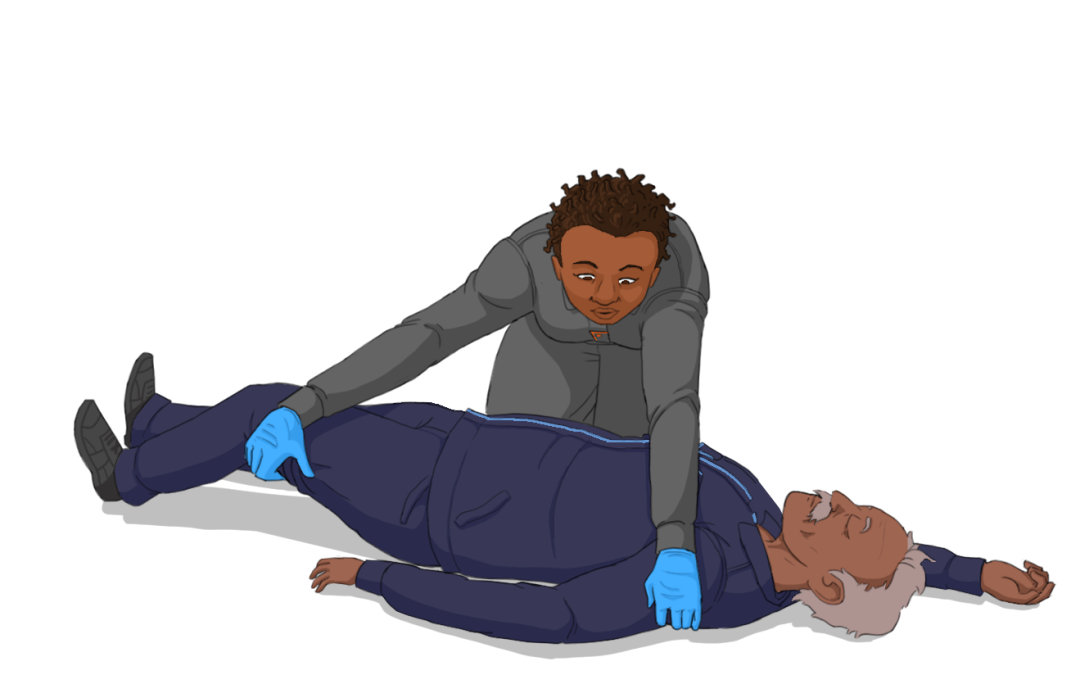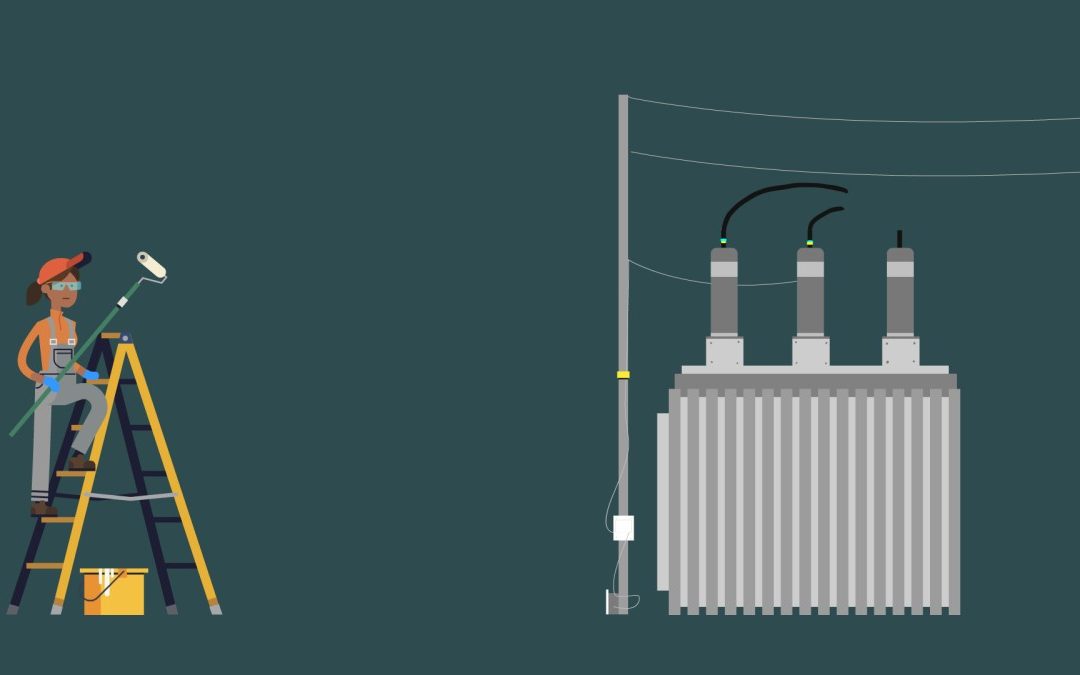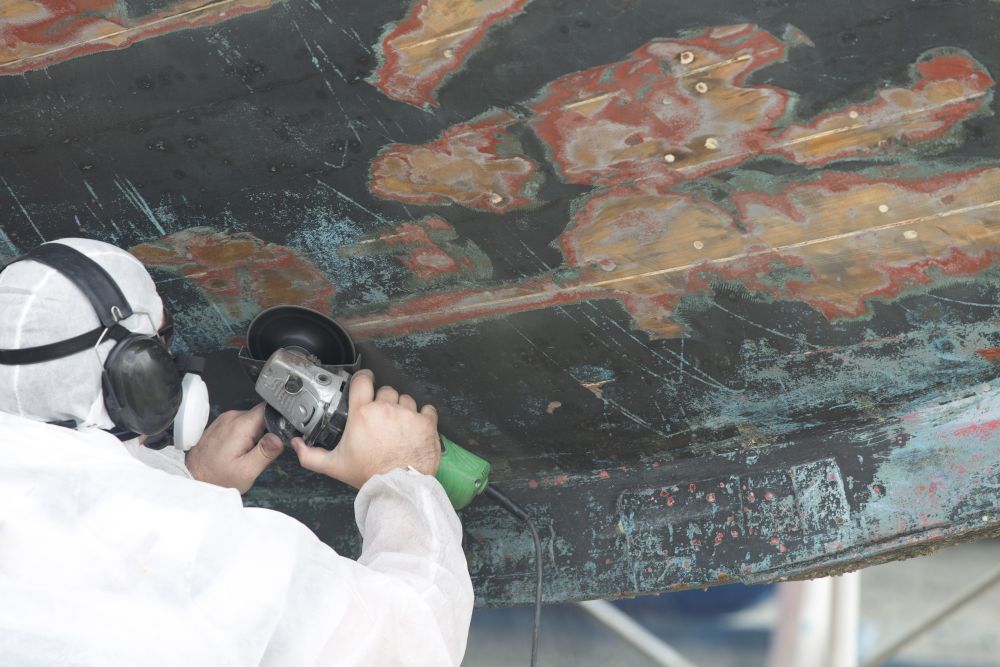
by esoadmin | Sep 1, 2022 | Toolbox Talk
To begin this section, we cover soft tissue injuries, which fall under two categories—minor and major. Minor soft tissue injuries include abrasions, such as wounds, small cuts, or scrapes. Major injuries are a large cut, or a laceration, that requires stitches and ...

by esoadmin | Aug 1, 2022 | Toolbox Talk
Perform a visual head to toe assessment of the injured person. If the person is conscious, give them your name and let them know you are there to assist until emergency responders arrive. Ask them what is hurting and what happened. If you are not alone, ask another...

by esoadmin | Jul 20, 2022 | Toolbox Talk
Let’s take a look at how heat can impact your body. When working in hot conditions, your body will attempt to prevent overheating by changing your blood flow and through the physiological processes of sweating and breathing. Its initial reaction will be to circulate...

by esoadmin | Jul 1, 2022 | Toolbox Talk
Portable ladders must have nonconductive side rails when the employee, ladder, or any tools used could contact exposed energized parts. OSHA applies specific rules for working on or near exposed de-energized parts. Electrical equipment that has been turned off but not...

by esoadmin | Jun 1, 2022 | Toolbox Talk
Hydrogen sulfide is considered a broad-spectrum poison; it can poison several different systems in the body, although the central nervous system is mostly affected. The specific mechanism that causes issues in the body is that hydrogen sulfide forms a complex bond...

by esoadmin | May 2, 2022 | Toolbox Talk
Lead may be absorbed through the skin, lungs, or intestinal tract. Inhalation is the most common source of occupational lead poisoning. When lead is inhaled, up to 50% of the lead particles can reach the lungs, depending upon the size of the particles. Larger...







